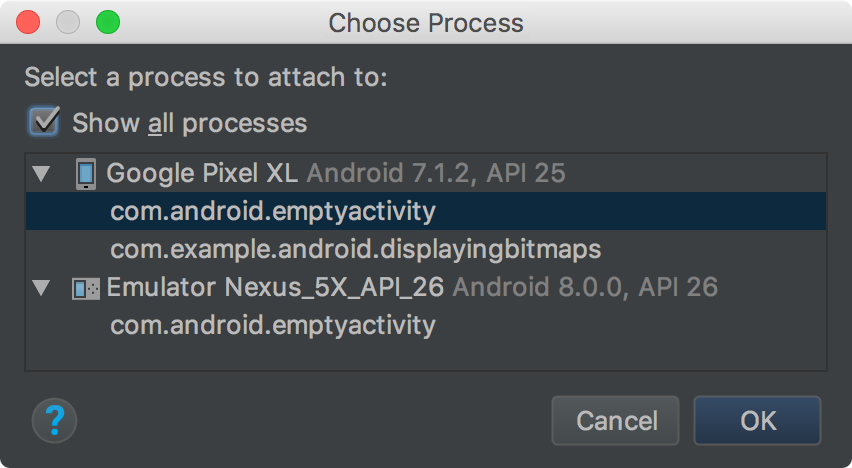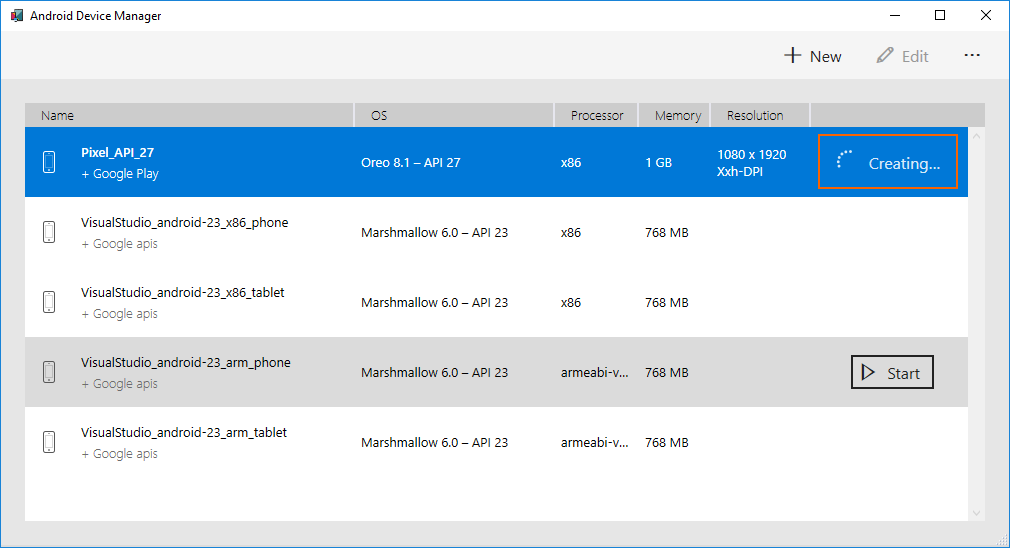

In particular, we’ve found that there are a lot of moving parts to coordinate in order to do real-time debugging once the app is on a physical device. When it comes to deploying and testing on a real iOS or Android device, however, things can be a little tricky to set up at first.


Clients love it because they get to deploy their app to multiple app stores (Google Play, Apple’s App Store, and more) for the price of developing a single app! Developers love it because it’s a single codebase to maintain, and written in the familiar styles of Angular, TypeScript, and JavaScript. As an Ionic Trusted Partner, we do a lot of hybrid app development for various clients using Ionic Framework.


 0 kommentar(er)
0 kommentar(er)
